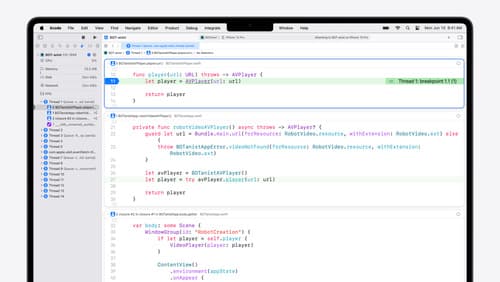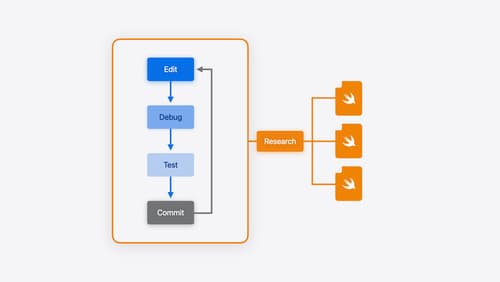dsym
Asked on 2025-04-09
1 search
The term "dsym" refers to debug symbol files used in the context of debugging applications. At WWDC 2024, there were discussions about debugging improvements in Xcode 16, including the use of DWARF 5 as the default debug symbol format. This change results in smaller DSYM bundles and faster symbol lookups when building against certain deployment targets like macOS Sequoia or iOS 18. You can find more details about these debugging improvements in the session titled "What’s new in Xcode 16" under the chapter What's new in debugging.

What’s new in Xcode 16
Discover the latest productivity and performance improvements in Xcode 16. Learn about enhancements to code completion, diagnostics, and Xcode Previews. Find out more about updates in builds and explore improvements in debugging and Instruments.

Platforms State of the Union
Discover the newest advancements on Apple platforms.

Xcode essentials
Edit, debug, commit, repeat. Explore the suite of tools in Xcode that help you iterate quickly when developing apps. Discover tips and tricks to help optimize and boost your development workflow.
